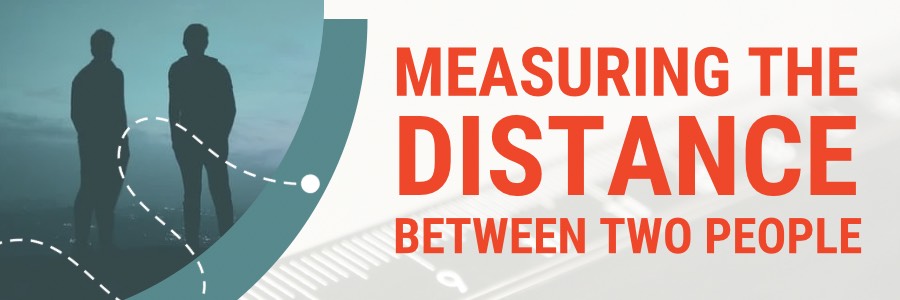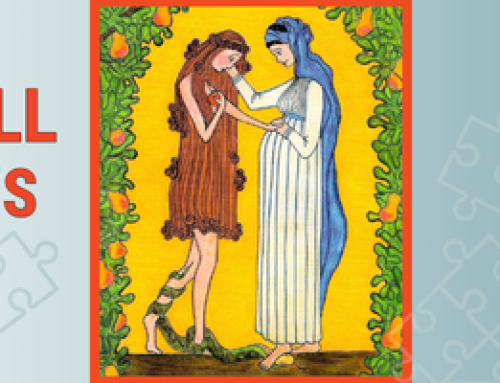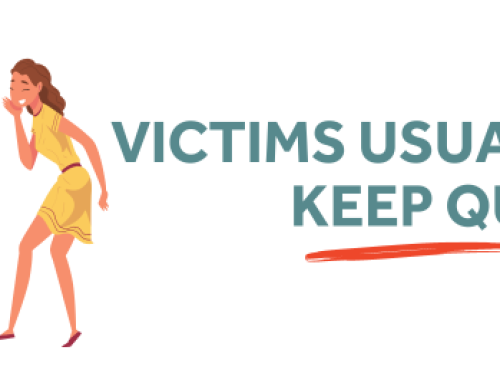We share food and drink with people we care about so we can deepen relationships, mark special occasions, and begin new friendships. There is an intimacy about sitting across the table from someone to share a meal and enjoy meaningful conversation. This was especially true of first-century Jews, whose culture centered around faith and community.
So, when it was time for Passover, it was no surprise that Jesus called together his closest friends to share an important meal. As it began, there was no way they could have known the degree to which their relationships would be tested in the coming hours. But if we read again what was said and unsaid, we can measure their relational strength and have a window of what is to come.
As Passover began, Jesus knew something his friends did not – this would be their Last Supper. One of them would betray him, another deny him, and all but one desert him. Knowing, he must have been keenly aware of every word, glance, and deed, especially of his betrayer. As he began to speak, there must have been an unmistakable sorrow in the air. Did they feel the heaviness of the moment? Did they hear the weight of his words or sense the relational tension? Did they notice the quiver in his voice or see the sadness in his eyes?
If so, it was an invitation to draw near.
When Judas entered the room, I imagine he sat down at a distance hoping to avoid eye contact with Jesus. That distance would have reflected the detachment that had already taken place in his heart. And so, when Jesus got up from the table to wash the disciples’ feet, I would imagine Judas was extremely uncomfortable.
Despite the distance, Jesus made a deliberate decision to draw near.
And not only to draw near, but to touch Judas – to wash his feet, look him in the eyes, and serve him. Shortly, Judas would be the first to leave and distance himself completely.
When it was Peter’s turn for a foot washing, he refused to be served – until he was rebuked by Jesus. Betrayal was not in his heart but pride was, and it had repeatedly caused a rift in their relationship. Perhaps this tension is why Peter did not feel safe enough to ask Jesus an important question after the cleansing. Instead, he motioned to John who had leaned back against Jesus.
Their proximity was a reflection of their intimate relationship.
John felt safe enough to lean in and secure enough to ask a difficult question. John would later describe himself as “the one whom Jesus loved.” John had internalized Jesus’s love, which gave him the emotional security to draw near in a way the others could not.
Within hours, Jesus would stand trial and so would the strength of their relationships. In the wake of His arrest:
Judas betrayed Jesus and hanged himself…
Peter denied him and ran away…
And John stayed near the foot of the cross.
The tribulation had either served to widen existing cracks or demonstrate the durability of their bonds.
If you pay close attention, there are many ways to determine the strength of your own relationships. Both words and silence communicate a message, as well as actions and inactions. If you tune into what people are saying and not saying, you can measure the distance between two hearts.
Jesus once said, “Out of the overflow of the heart, the mouth speaks.” When people speak, their words reflect their innermost thoughts and desires. Their tone is part of their message, as well as the pacing of their voice. If they are talking excessively, they may be anxious. If they are passive, they may be disinterested. When people are unresponsive, they may feel unsafe in the relationship.
People share when they feel emotionally secure.
If you want to foster intimacy, notice the emotion behind what you hear and put words to it. “It sounds like you feel… because… Is this correct?” Communicating on an emotional level cultivates connection and invites the other person to draw near. Generally, people do not want your advice as much as they want to be heard and understood. When people feel safe, they open up. If they sense judgment, they shut down. If you want to close the relational gap, tune into what others feel and reflect back what you hear.
Your empathy is an invitation to intimacy.
It is equally as important to hear what people are not saying. When people are attentive and looking you in the eyes, they are interested in your words. Eye contact also demonstrates respect for you and your message. On the other hand, when people have a hard time maintaining eye contact, they may be communicating indifference to what is being said or experiencing shame. If eyes are the window to the soul, then shame is what makes us look away.
You can also listen with your eyes by noticing body language. When someone makes eye contact and has an open stance, they are interested in your words. If they get shifty and have one eye on the door, they may feel trapped in the conversation. Pay attention to seemingly little things like crossed arms, facial expressions, and body posture. When people stand up or look away, they are communicating a vastly different message than when they sit down or lean in.
Lastly, if you want to measure the strength of a relationship, ask yourself if the relationship is reciprocal? Is one person always the initiator? Is there distance? Their level of engagement is communicating a message. If the relationship is important to you, take a risk to draw near.
Share a meal, sit across the table from one another, and have a meaningful conversation.





